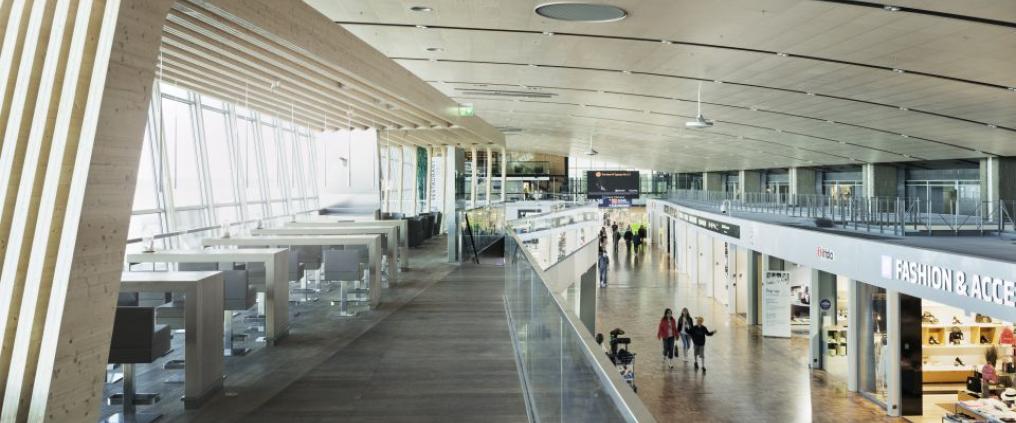
Regulations apply to the following
Pricing
Amongst other things, the regulation of pricing aims for transparency and equality across airports. Finavia is determined to develop its cost-effectiveness, though all airports adhere to a uniform pricing model. We have managed to keep airline service fees low at Helsinki Airport and have the lowest fees out of European hub airports. This has a great significance to the competitiveness of national air travel operations.
Environmental matters
In its environmental work Finavia considers legislation, as well as national and international regulations. Airport operations require an environmental permit, for which a lot of research is done into the protection of water and soil, noise management, emissions, waste and chemical management, as well as land use.
Safety
Safety-related requirements are intended to ensure, for example, a fair safety culture and an airport’s approach to hazard analysis and critical control points (HACCP) systems. These controls affect various aspects of security, from anticipatory actions concerned, for instance, with security control regulations to reacting to deviations.
Anticipatory and safety work are part of all Finavia’s operations and are constantly being developed.
Staff competencies
The competence of airport staff is ensured via certain orientation and training procedures. Professional capacities are monitored and developed on a regular basis, with safety being one important competence area.
Regulatory bodiesICAO
The International Civil Aviation Organization is UN agency whose mission is to develop and harmonise the international aviation industry. The ICAO defines the rules, including those on safety, efficiency and accountability, which govern the international aviation industry.
In 2016, the ICAO outlined the Carbon Offsetting and Reduction Scheme for International Aviation (CORSIA) which will be introduced in 2021.
European Union
The European Union’s extensive aviation legislation covers everything from airports to airspace. As the EU’s influence has increased, that of national legislation has decreased.
European Commission
The European Commission supports the European aviation strategy, which aims to improve the region's competitiveness and the sustainability of air travel. Finavia’s pricing is affected by the Commission’s directive regarding the standardisation of airport charges. In the past, Finavia’s pricing has been based on a specified model which favours domestic over international air travel. In the future, the EU's internal market charges will replace separate domestic charges.
EASA
The European Aviation Safety Agency regulates and monitors the aviation market and airline safety in the EU.
The EASA has ordered airport operators to certify their airports in accordance with the new airport regulations by the end of 2017. Finavia aims to complete the certification process by the autumn of 2017.
Parliament
Finavia's operations are affected, for example, by the parliament regulated Aviation and Nature Conservation Acts. The Finnish parliament partakes in decision-making at EU level and all resolutions reached are implemented on a national level.
Finnish Transport Safety Agency (Trafi)
The Finnish Transport Safety Agency (Trafi) is a government agency under the administrative branch of the Ministry of Transport and Communications. The agency is responsible for the supervision of the Aviation Act and aims to contribute to, as well as develop, the more lenient aviation regulations in Finland. The agency is also one of the organisations that monitor the qualifications of airport staff. Finavia cooperate closely with the Finnish Transport Safety Agency to improve flight safety. In 2016, the focus areas for improvement included the development of security services and the airport certification process, as well as the fulfilment of the requirements set by the new deviation reporting regulation.
Environmental authorities
The Regional State Administrative Agencies grant environmental permits for airports. Regulations governing environmental conservation are monitored by the regional Centres for Economic Development, Transport and the Environment.
Read more
EU recognition for effectiveness in North European airspace
This article is part of Finavia’s annual report 2016. Click here to view the full annual report.
